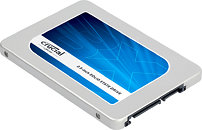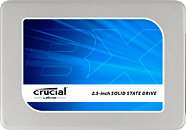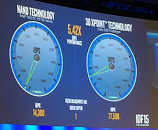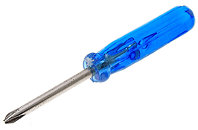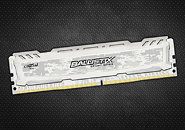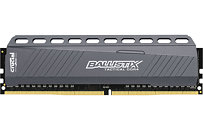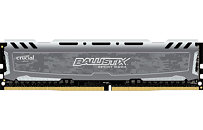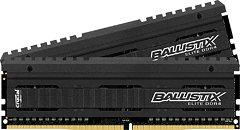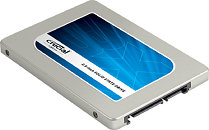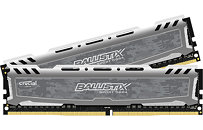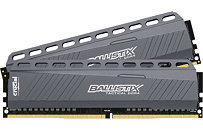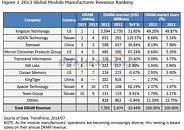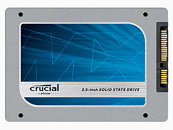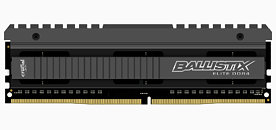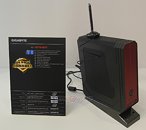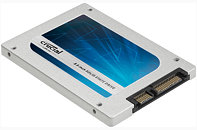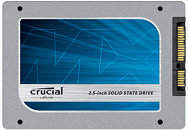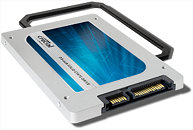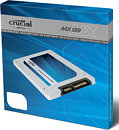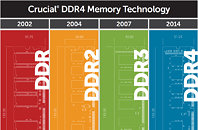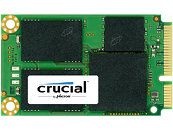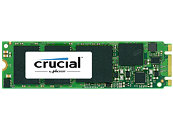
Crucial Announces the BX200 Solid State Drive
Crucial, a leading global brand of memory and storage upgrades, today announced the new Crucial BX200 solid state drive (SSD), which offers substantial yet affordable performance gains compared to a standard hard drive. The drive, designed for consumers and SMBs, allows users to load applications in seconds, boot up almost instantly, and accelerate every day applications.
The new BX200 provides sequential read and write speeds up to 540 MB/s and 490 MB/s respectively on all types of data, as well as random read and write speeds up to 66k and 78k IOPS respectively. Additionally, when compared to a typical hard drive, the new BX200 is more than 13 times faster and 40 times more energy efficient for almost instantaneous access to data, resulting in longer battery life and a cooler, quieter system. The new drive utilises a Silicon Motion SM2256 Controller and is coupled with Micron verified firmware, allowing users to upgrade their existing infrastructure at an affordable price, which is a great alternative to buying a whole new system.
The new BX200 provides sequential read and write speeds up to 540 MB/s and 490 MB/s respectively on all types of data, as well as random read and write speeds up to 66k and 78k IOPS respectively. Additionally, when compared to a typical hard drive, the new BX200 is more than 13 times faster and 40 times more energy efficient for almost instantaneous access to data, resulting in longer battery life and a cooler, quieter system. The new drive utilises a Silicon Motion SM2256 Controller and is coupled with Micron verified firmware, allowing users to upgrade their existing infrastructure at an affordable price, which is a great alternative to buying a whole new system.
